I'm searching for a solution of the question that I expected to be solved already. But I saw only big projects with a lot of features but no simple solution.
Actually I need to get something like that:

So to get an arrow drawing over a div containing some squares (divs)
<div id="container">
<div class="white_field"></div>
<div id="1" class="black_field">
<br style="clear:both;">
<div id="2" class="black_field">
<div class="white_field"></div>
<br style="clear:both;">
<div id="3" class="black_field">
<div class="white_field"></div>
</div>
I looked in the canvas direction but stumbled on tha canvas was not visible behind my divs ( maybe some z-index should help ) But still strange that I couldn't find some ready-made solution of a problem that seems to me coming up often. ( to explain some thing on the site arrows are almost a must )

